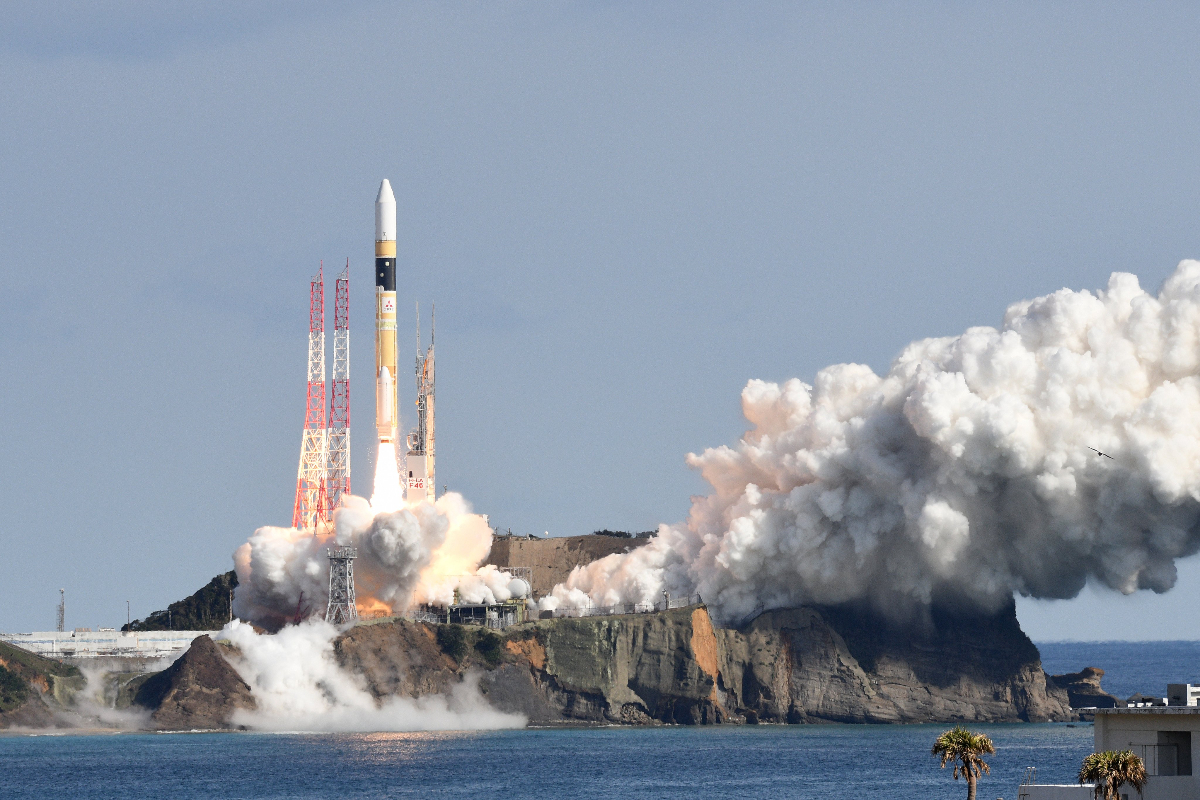- The first launch of Japan’s new flagship space rocket failed on Tuesday.
- According to a public broadcaster , the H3 rocket’s second stage did not ignite.
- The H3 has been billed as the successor to Japan’s H-2A and H-2B rockets.
The first launch of Japan‘s new flagship space rocket failed on Tuesday when controllers issued a destruct command just 15 minutes after liftoff, according to the country’s space agency.

“A destruct command has been transmitted to H3 around 10:52 a.m. (Japan Standard Time), because there was no possibility of achieving the mission,” a statement from the Japan Aerospace Exploration Agency (JAXA) said.
According to a public broadcaster , the H3 rocket’s second stage did not ignite.
The rocket lifted off from the Tanegashima Space Center in southern Japan, carrying the Advance Land Observation Satellite-3 (ALOS-3), a ground-mapping and imaging orbiter described by the space agency as a key tool in disaster management efforts.
ALOS-3 “would cover all of the land areas of not only Japan but also across the whole world,” it said.
The failure on Tuesday occurred during JAXA’s second attempt to launch the H3. On February 17, two secondary booster engines strapped to the spacecraft’s side failed to ignite on the launch pad, resulting in the H3’s failure to take off.
The H3 has been billed as the successor to Japan’s H-2A and H-2B rockets, with adaptable configurations based on what it needs to lift into orbit. It has previously emphasized the H3’s expected ability to launch both government and commercial missions.
The H3 will be less expensive than many other launch vehicles, according to JAXA, because it will use “commercial-off-the-shelf products of other domestic industries such as the automobile industry rather than products exclusive to space use.”
“With several configurations, the H3 offers performance and price suitable for the purposes of each satellite,” it said, adding that it hoped to launch satellites on a regular basis in the long term.
“With several configurations, the H3 offers performance and price suitable for purposes of each satellite,” it said, adding that it was looking for regular launches over the long term.
“We are aiming to create an operational world where Japanese industrial base can be underpinned by steadily launching the H3 six times or so annually for 20 years,” JAXA said.
Mitsubishi Heavy Industries is the rocket’s prime contractor. According to reports, JAXA and Mitsubishi have invested over $1.5 billion in the project since its inception nine years ago.
[embedpost slug=”/japans-birth-rate-has-reached-an-all-time-low/”]




